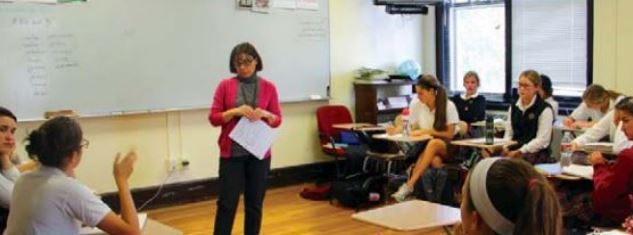
When asked what kind of question is best for engendering enquiry among a group of people, the usual response is ‘an open question’. When asked ‘why?’ most will say something to the effect that it invites the speaker to say more on the topic.
The closed question is the most commonly used type of question however, and teachers are told that by asking more closed questions than open ones, they can stifle good discussions and enquiry opportunities, impacting on their students’ learning. Look at a random selection of internet resources about questioning, and you’ll find the general consensus is that (following Bloom’s taxonomy) higher-order thinking results from open questions, and lower-order, information-based thinking results from closed questions.
But there is a good reason why teachers ask many closed questions – closed questions pinpoint responses to a specific area. So, if you ask ‘What is the capital of France?’ the task for the student is specific, whereas if you ask ‘What can you tell me about the capital of France?’ it is not. Which question is better is entirely dependent on the context. If you specifically want or need to know that the student knows the name of the capital of France then the first is better, but if you are testing the student’s general knowledge of the capital of France, then the second might be better.
It so happens that the majority of questions a teacher asks require a specific response to a specific area and so the closed question is best.
A rich and successful discussion
As part of my job, I conduct philosophy sessions with classes of children and adults. After having engaged teachers in a philosophical enquiry, I always ask them what kind of question did I, the majority of the time, ask – open or closed?